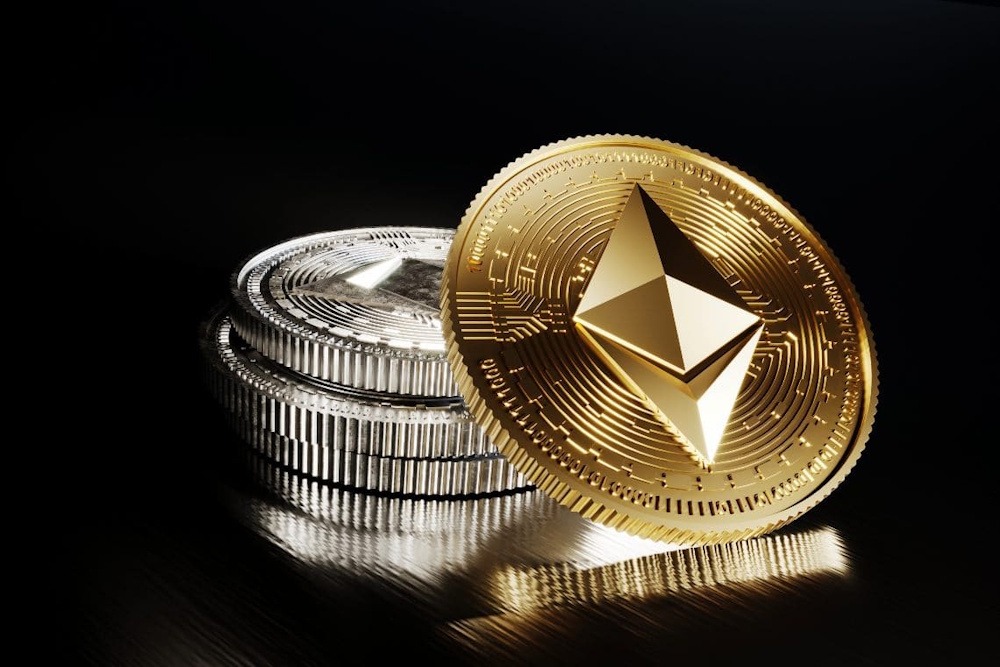Ethereum is striving for enhanced speed, efficiency, and bandwidth, particularly in anticipation of upcoming tokenization surges and the evolving narrative of internet capital markets. Following the successful deployment of the Pectra upgrade in May, the Fusaka upgrade is advancing seamlessly. On October 1st, the Ethereum protocol team revealed that the Fusaka upgrade has successfully passed the Holesky testnet.
Fusaka aims to enhance Ethereum’s speed and bandwidth by enabling lighter nodes and more affordable Layer 2 transactions. Lighter nodes will have the capability to ‘sample’ data rather than downloading the complete blob data. This minimizes storage requirements and enhances bandwidth capabilities. This would enable L2s to facilitate a greater volume of transactions while reducing costs. The Fusaka update also boosts gas limits significantly, increasing them from the current 45 million to an impressive 150 million, thereby enhancing transactions per block. What drives the necessity for the latest scaling initiative? According to Chainspect, Ethereum currently holds the 18th position when it comes to throughput and speed.
Solana stands out as the second-fastest blockchain, boasting low latency that positions it as a prime candidate for managing internet capital markets. In order to maintain its competitive edge, Ethereum needs to match Solana in this area. The ongoing scaling efforts are set to bridge the gap. The upcoming phase for Fusaka involves the Sepolia and Hoodi testnets, with the mainnet launch anticipated in early December, provided there are no complications along the way. Following the Fusaka upgrade, ETH experienced a notable 5% bounce on the price charts. However, the majority of the increase was associated with Bitcoin’s surge to $119K.
Breaking through the trendline resistance and overcoming short-term supply levels above $4.5K may strengthen the bullish momentum in the market. ETH has attracted a relatively higher level of speculative interest compared to SOL or BTC. ETH’s Open Interest experienced a notable surge of 4%, while SOL saw a rise of 2% and BTC climbed by 3%. This may drive ETH’s outperformance as demand in the Futures market remains robust.

